Her hair hides her scars.
When 29-year-old Traverse City, Michigan, pharmacist Elena Beaman fills prescriptions, most of her customers don’t even know that, just last year, she had a hemorrhagic stroke and brain surgery.
But her health crisis has had a big upside.
It made it easier for her to relate to patients.
“You just need to look past it and be thankful for still being alive,” she said. “It helps me talk with patients and find some common ground.”
‘Not what I was expecting’
Last winter—Feb. 17, 2017, to be exact—Beaman developed a severe headache at work. The vision in her left eye also began wavering.
She took off her lab coat and walked from the pharmacy counter to the Munson Community Health Urgent Care Center, located in the same building.
An otherwise ordinary day quickly took a dramatic turn.
The urgent care staff sent her to the emergency room. On the way, she fell violently ill with stomach problems.
At the ER, a CT scan showed brain hemorrhages in three places.
Munson’s medical team coordinates with the Spectrum Health stroke team in Grand Rapids to transfer patients with complex strokes to Spectrum Health Butterworth Hospital.
“Within an hour, my husband Bradley and I were on a helicopter flying to Spectrum Health,” Beaman said. “It was crazy, not what I was expecting.”
When they arrived, they were met by Justin Singer, MD, Spectrum Health Medical Group’s director of vascular neurosurgery.
She landed in the right place.
‘Don’t wait’
When someone complains of a severe headache or nausea, friends and family sometimes recommend a wait-and-see approach to see if the symptoms go away.
In Elena Beaman’s case, it would have worsened her outcome if she had waited to seek treatment. Dr. Justin Singer applauds those around Beaman for identifying the seriousness of the situation and getting her to the emergency room right away.
“If something is acutely wrong, don’t wait to see if it gets better,” Dr. Singer warned. “Call 911 and get to the hospital.”
Dr. Singer discovered Beaman had a cerebral arteriovenous malformation, an abnormal connection of major veins and arteries that affects less than 1 percent of the population.
Despite that rarity, the Spectrum Health Stroke Center sees about 20 to 30 such cases a year—often in patients in their teens, 20s or 30s who are diagnosed after a bad headache or small seizure.
Dr. Singer, who specializes in minimally invasive neuro-endovascular surgery, used a staged approach in the treatment.
He began by inserting a small catheter to divert spinal fluid and allow a reduction of swelling in Beaman’s brain. Later he used a special glue-like substance, called Onyx, to stop the bleeding and redirect the blood flow.
Finally, he did a craniotomy to remove the malformation hidden deep inside her brain, near the thalamus.
A long, scary road
Although Beaman clearly remembers the drive to the emergency room and the helicopter flight to Grand Rapids, the next few weeks are “kind of blurry” in her memory.
But she remembers one thing clearly: Dr. Singer visited her room every single day to check on her and provide updates on her progress, as well as answering any questions she had.
She also remembers her parents delivering a special get-well greeting from home, in the form of a vacuum-sealed, chewed-up stick with a note from Juno, the rescue dog she and Bradley had adopted just weeks before her hospitalization.
After a few weeks in the hospital, Beaman started inpatient rehabilitation, which included physical therapy, occupational therapy and speech therapy. Juno often stopped by for much-welcome visits during the rehab.
Beaman’s husband, also a pharmacist, stood as “her rock” throughout the entire process. Her parents and in-laws were also lifesavers.
“We could not have survived the past year without their help,” Elena said.
Doctors told Elena it could take a year or longer to get back to normal.
She has already made great progress. She works as a pharmacist part-time and she’s driving again, despite problems with peripheral vision. In her spare time she walks her dog and works on crossword puzzles to stimulate her brain.
“It was a long and scary year,” she said. “At first it was really frustrating, but I’ve kinda learned to just roll with the punches. There are lots of connections (in the brain) that need to fix themselves.”
The best news: Her follow-up angiogram shows she is cured.
Dr. Singer said she can go on to live a normal life.
“In the grand scheme of things, I’m very lucky,” she said.



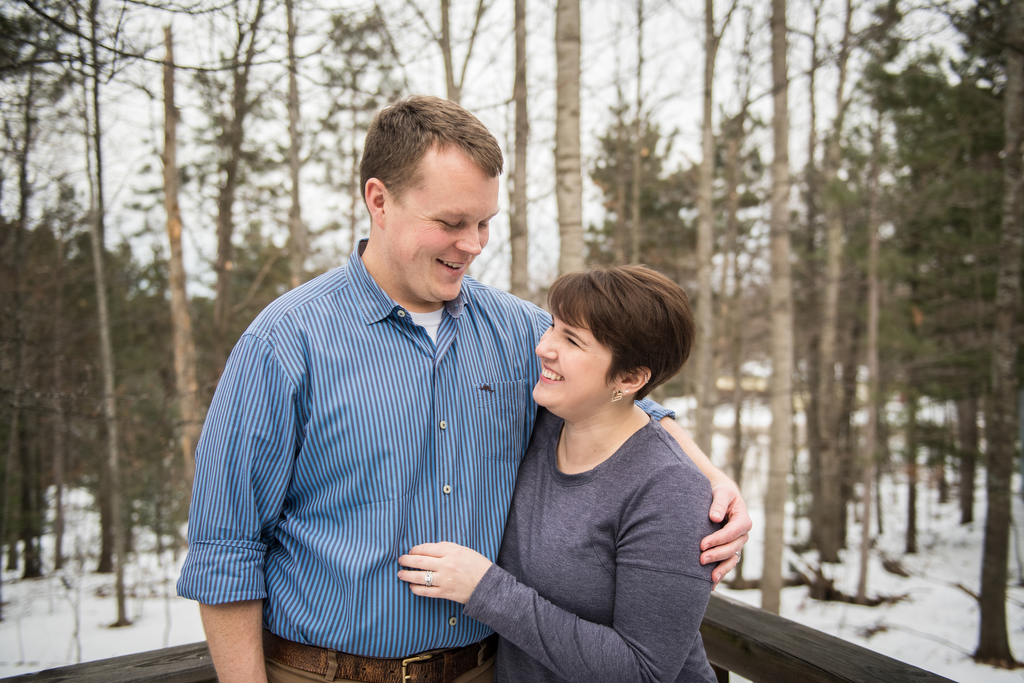


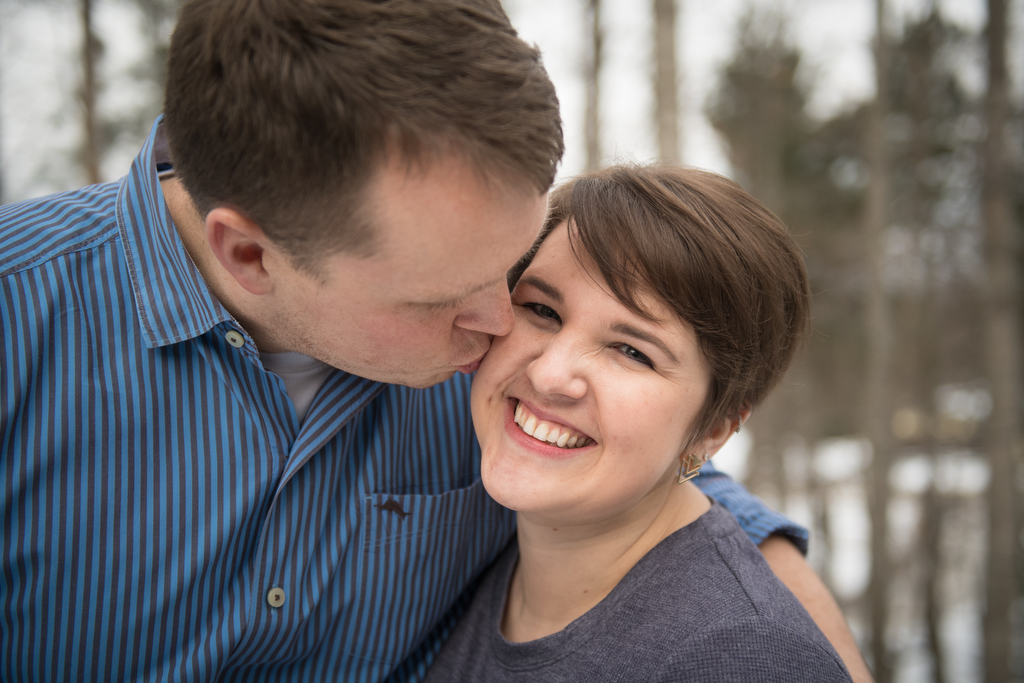
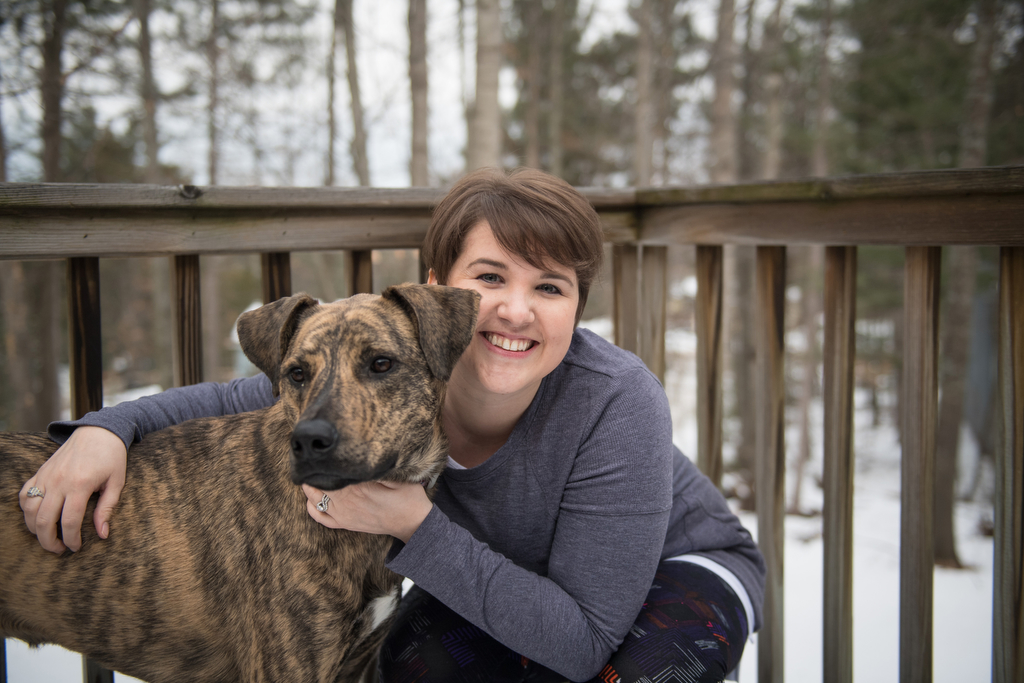





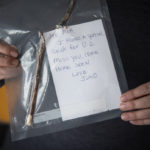


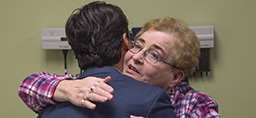 /a>
/a>
 /a>
/a>
 /a>
/a>